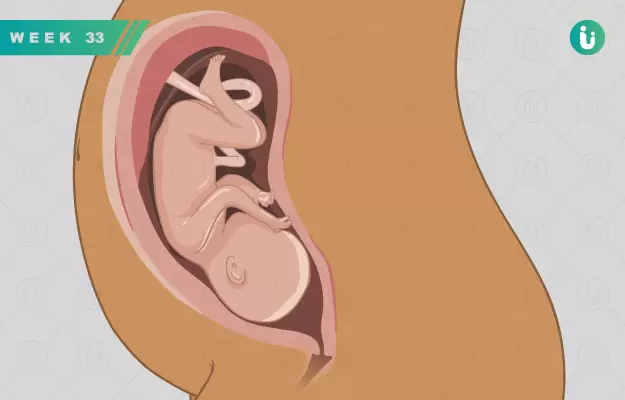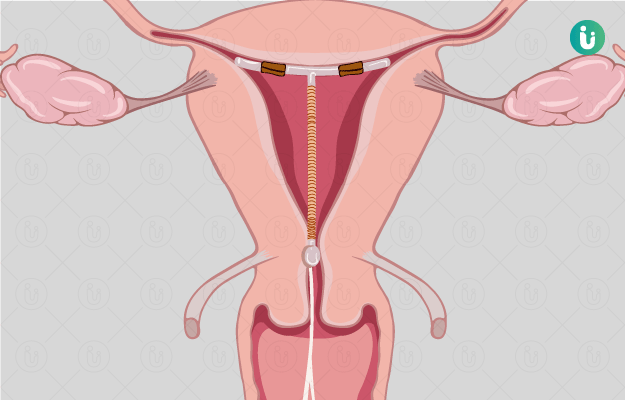Welcome to the 33rd week of pregnancy! Full term is less than two months away. The countdown is progressing fast for you and your partner. It is important to start preparing for the “after delivery” phase. If you haven’t started on this yet, here are a few things to prioritize now:
- Communicate with the hospital about your regular follow-ups and the kind of delivery they have planned for you.
- You should also organise things at your place to make it a baby-proof home. (We know the baby won’t start crawling from Day 1, but you will have more time and energy to do it now.)
You have entered a critical phase of your pregnancy and should follow your doctor’s advice strictly. Work is important, but right now this pregnancy should be your top priority. Always follow the pregnancy diet that has been recommended to you, along with essential tips such as putting your feet up while you rest.
You must remember that this is the final phase of growth for your little developing foetus. The brain of the foetus starts developing rapidly in this part of the pregnancy. Some fresh unpleasant symptoms of pregnancy may start this week. It is important to watch out for them and inform your doctor accordingly on your next visit.
This article aims to tell you everything you should know about the growth and development of your baby in the 33rd week of pregnancy and the kind of changes you should be expecting.










































